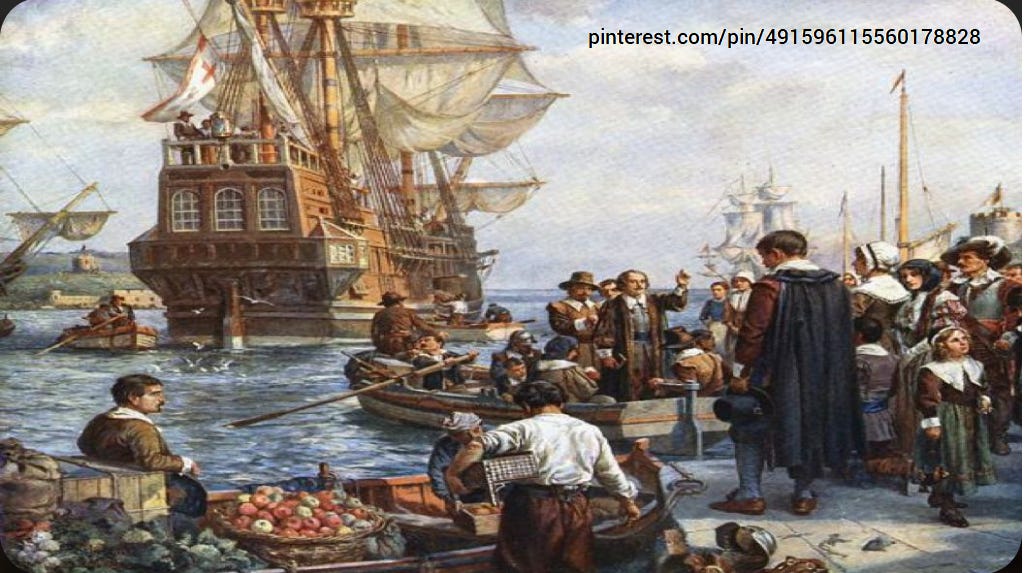HEIRS TO THE PILGRIMS
The cultural and religious heirs of the Pilgrims in the United States are primarily the Congregationalist churches and their offshoots. The Pilgrims were Separatists who sought to establish their own churches separate from the Church of England2. Their religious beliefs and practices evolved into what is now known as Congregationalism.
Congregationalist churches, which trace their roots directly to the Pilgrims, continue to exist in the United States today. These churches are characterized by:
Local church autonomy
Emphasis on individual interpretation of scripture
Democratic governance within each congregation
Over time, Congregationalism has influenced and given rise to other Protestant denominations in the U.S., including:
United Church of Christ (UCC)
Some Baptist denominations
Certain evangelical and non-denominational churches
While not direct descendants, these groups share some theological and organizational principles with the original Pilgrim churches.
It's important to note that the Pilgrims' influence extends beyond just religious institutions. Their emphasis on self-governance, as exemplified by the Mayflower Compact, has been seen as an early precursor to American democracy4. However, this view has been challenged by some historians who argue that the Pilgrims' role in shaping American political history may have been overstated4.
In a broader cultural sense, the Pilgrims' story has become a central theme in American history and identity, particularly around Thanksgiving celebrations4. This cultural legacy is often invoked to represent values such as religious freedom, perseverance, and the idea of America as a land of opportunity for those seeking a new life.
QUAKER RELATIONS
Quakers and Pilgrims did have relations, though they were complex and often antagonistic initially. While both groups sought religious freedom in the New World, their beliefs and practices differed significantly.
The Pilgrims, who arrived in America in 1620, predated the Quaker movement, which began in England in the 1650s5. When Quakers later came to America, they encountered established Pilgrim and Puritan communities. Initially, these interactions were marked by conflict and persecution:
Both Pilgrims and Puritans persecuted Quakers in the early colonial period2.
Quakers were viewed as heretics by the Pilgrims and Puritans due to their differing religious beliefs1.
However, over time, relations between these groups evolved:
Eventually, descendants of Pilgrims intermarried with Quakers, leading to familial connections2.
Both groups contributed to the religious and cultural landscape of early New England, influencing the development of the region5.
It's important to note that while Pilgrims and Quakers both sought religious freedom, they had distinct beliefs and practices:
Pilgrims focused more on work and labor, while Quakers emphasized a strong personal relationship with God1.
Quakers developed a more pacifist and egalitarian approach, contrasting with the Pilgrims' more hierarchical society4.
In modern times, Quakers have engaged in critical self-reflection regarding their role in colonization and their relationship with indigenous peoples, acknowledging the complex history of early settler groups in America4.
“GOVERNANCE”
Non-Quakers have had a more conventional democratic form of organization, whereas the Quakers have been more “egalitarian” by using something like “unanimous rule”, which was scientifically refined over 2 decades ago to become “Sociocracy”. I believe Sociocracy is the culmination of the apostles’ methods described in Acts 15. This is way to achieve Christian Unity and beyond.



